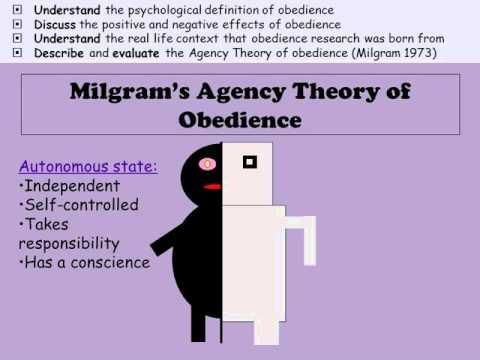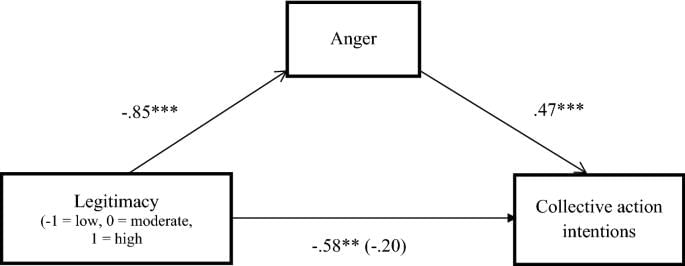|
Card: 1 / 36 |
The foot-in-the-door technique is based on the principle that individuals are more likely to comply with a larger request after they have agreed to a ___ request. |
|
Card: 3 / 36 |
True or False: The door-in-the-face technique involves making a small request followed by a larger request. |
|
Card: 4 / 36 |
False. The door-in-the-face technique involves making a very large request first, which is likely to be rejected, followed by a smaller, more reasonable request.  |
|
Card: 7 / 36 |
Compliance can have both positive and negative effects. Name one positive effect and one negative effect. |
|
Card: 8 / 36 |
A positive effect can be promoting health behaviors, while a negative effect can be perpetuating harmful behaviors or attitudes.  |
|
Card: 9 / 36 |
True or False: Authority figures have no influence on a person's likelihood to comply with a request. |
|
Card: 10 / 36 |
False. Authority figures can increase the likelihood of compliance because people are more likely to comply if they feel the requester has legitimate authority or expertise.  |
|
Card: 11 / 36 |
Obedience can lead to both positive and negative outcomes. Name one positive and one negative effect of obedience. |
|
Card: 12 / 36 |
One positive effect of obedience is the maintenance of social order, while a negative effect can be participation in unethical or harmful behaviors.  |
|
Card: 13 / 36 |
True or False: Milgram's study showed that people are less likely to obey authority figures when they are in groups. |
|
Card: 14 / 36 |
False. The presence of others who are also obeying can increase the likelihood of obedience.  |
|
Card: 15 / 36 |
Fill in the blank: Obedience is influenced by the perceived legitimacy of the ___ figure. |
|
Card: 18 / 36 |
False. While obedience can lead to negative outcomes, it can also facilitate cooperation and social order.  |
|
Card: 19 / 36 |
Fill in the blank: The 'learner' in the Milgram experiment was actually an ___ who acted as if they were receiving shocks. |
|
Card: 22 / 36 |
Cooperation involves working together towards a common goal, while competition involves striving against others to achieve a desired outcome.  |
|
Card: 23 / 36 |
True or False: Competition only has negative effects on individuals and society. |
|
Card: 24 / 36 |
False. While competition can lead to stress and inequality, it can also drive innovation and improvement.  |
|
Card: 26 / 36 |
In team sports, players may compete against each other to win a game while also cooperating with each other to achieve that goal.  |
|
Card: 27 / 36 |
Fill in the blank: Both cooperation and competition influence the development of social ___, values, and identities. |
|
Card: 29 / 36 |
True or False: Strong identification with a social group can only lead to positive outcomes for individuals. |
|
Card: 30 / 36 |
False. While strong identification can lead to positive outcomes like increased self-esteem and social support, it can also result in negative outcomes such as prejudice, discrimination, and conflict with other groups.  |
|
Card: 31 / 36 |
Fill in the blank: Social identity can be influenced by individual differences such as personality traits and ___ processes. |
|
Card: 33 / 36 |
What are some consequences of viewing one's social group as superior to others? |
|
Card: 34 / 36 |
Viewing one's social group as superior can lead to negative outcomes such as prejudice, discrimination, and group conflict, which can harm both individuals and society.  |
|
Card: 35 / 36 |
Multiple Choice: Which of the following factors can influence social identity? A) Individual differences B) Social norms C) Media representations D) All of the above |






























